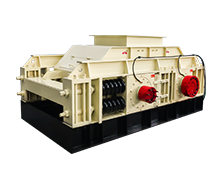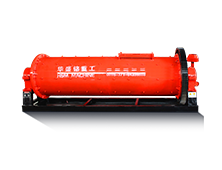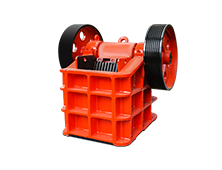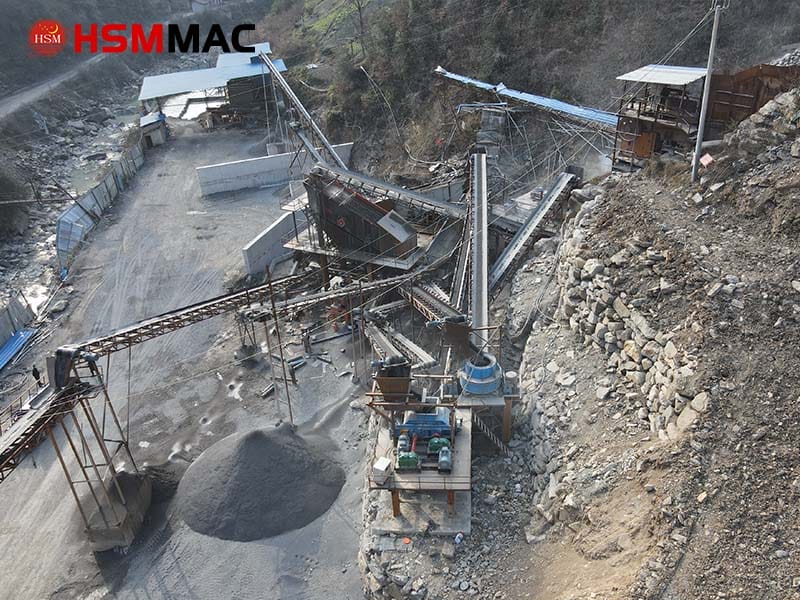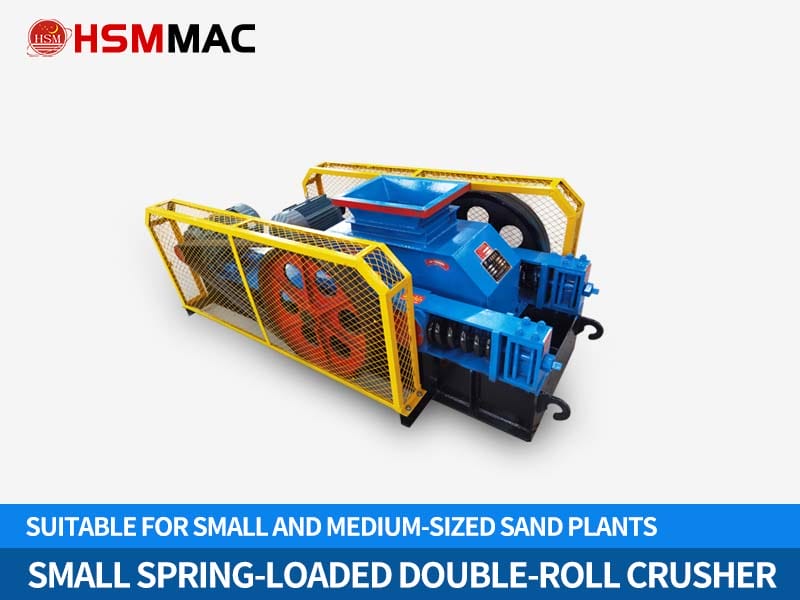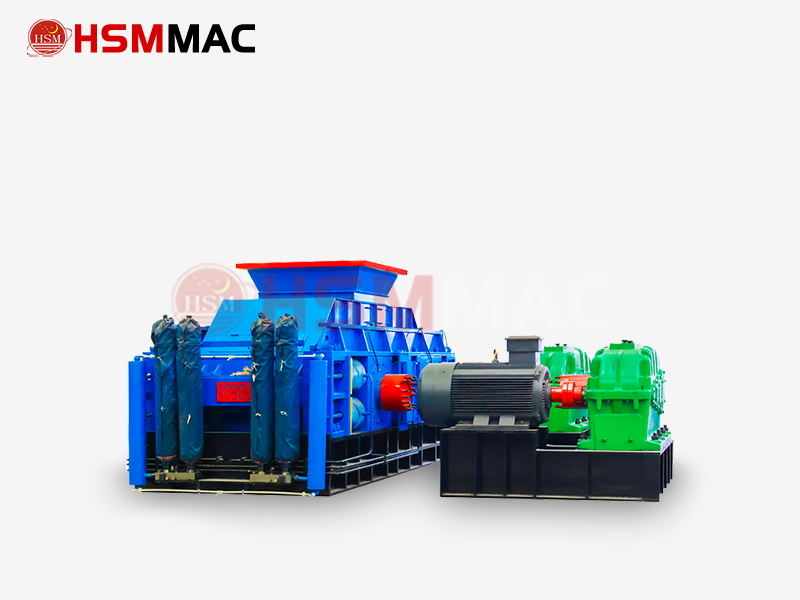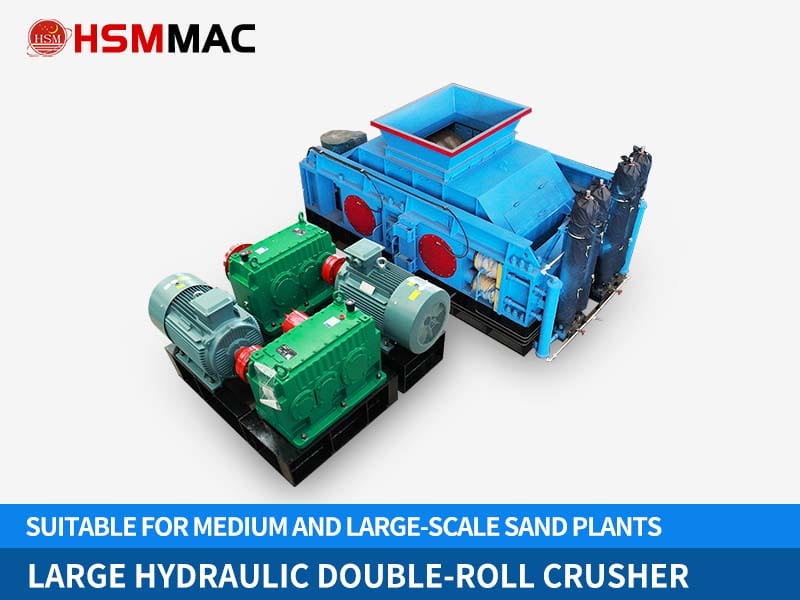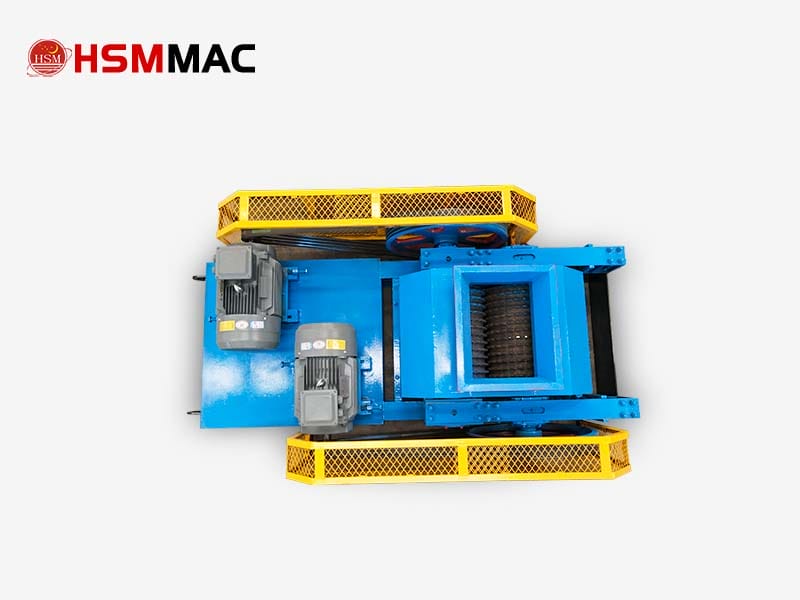Quartz stone sand making can completely adopt roller sand making machine (also known as double roller sand making machine), and this equipment is widely regarded as one of the ideal choices for processing high hardness quartz stone because of its unique working principle and performance advantages.
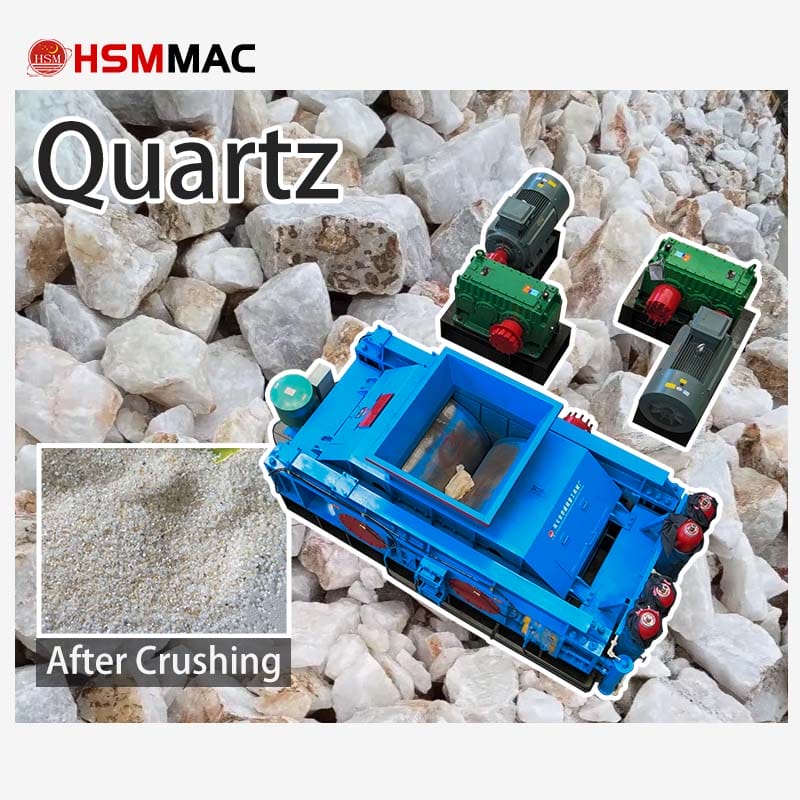
1. The applicability of roller sand making machine in quartz stone sand making
Working Principle Suitable for High Hardness Materials
Roller sand making machine applies high pressure squeezing and shearing force of 50-200MPa to the material through two rollers rotating in opposite direction (usually one fixed and one adjustable). Quartz stone has high hardness (Mohs hardness grade 7), traditional impact crushing is easy to lead to excessive wear or uneven particle shape, while the slow crushing method of the roller machine can effectively reduce excessive crushing and maintain the integrity of the particles. Undesirable materials are crushed between the rolls to ensure uniformity of the finished product.
Excellent finished product quality
Controllable particle size: By adjusting the roll spacing (0.5-40mm) through hydraulic or wedge system, the particle size of the discharged material can be accurately controlled to meet the grading requirements of construction sand (e.g. 0-5mm fine sand or coarse aggregate).
Three-dimensional particle shape: the quartz sand particles produced by extrusion crushing are mostly cubic, with low content of needles and flakes (less than 10%), which improves the strength and fluidity of concrete.
Low powder content: compared with the impact crusher, the roller machine produces less stone powder, reducing the cost of subsequent dust removal.
2. Technical Advantages of Roller Sand Making Machine
High efficiency and energy saving
Energy consumption is 30%-50% lower than that of traditional sand making equipment, because the principle of extrusion crushing does not require high-speed rotating parts, and the motor power utilisation rate is high.
For example, the medium-sized equipment for processing quartz stone (e.g. 2PGY800×600) can produce up to 50 tonnes per hour, and the energy consumption is only 37-44kW.
Easy maintenance and durability
The rollers are made of high manganese steel or tungsten carbide wear-resistant liner, with a life span of 1-2 years (only half a year for ordinary equipment).
Simple structure, few wearing parts, replacement of roller skins or bearings takes only a few hours, reducing downtime losses.
Environmental protection and intelligence
Closed design with dust removal system, dust emission is lower than 30mg/m³, noise control is below 75dB.
Hydraulic models (such as 2PGY series) support intelligent regulation, real-time monitoring of roller pressure, temperature and other parameters, automatic overload protection.
3. Typical application scenarios of quartz stone sand making
Construction sand: the output sand meets the GB/T 14684-2022 standard and is used for concrete aggregate, asphalt mixture, etc.
Industrial raw materials: glass, ceramic industry needs high purity quartz sand, roller crushing machine can reduce iron pollution (need to front iron removal device).
Solid Waste Recycling: Processing quartz concrete blocks in construction waste to achieve resource recycling.
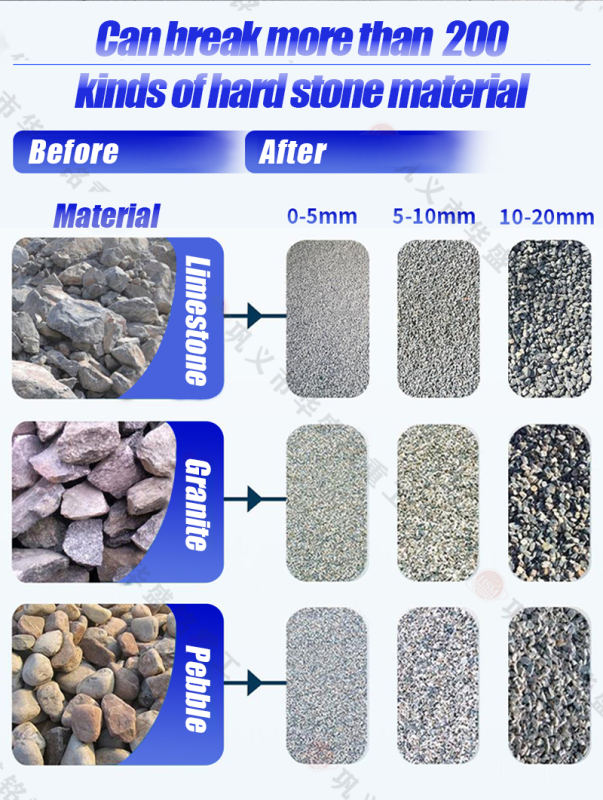
4. Operation and maintenance points
Feeding control: Strictly screen out metal impurities (such as brazing head) to prevent roller surface damage.
Lubrication system: refill lithium grease to lubricate bearings every shift, and check the cleanliness of hydraulic oil regularly.
Wear monitoring: calibrate the roller gap every 500 hours to avoid over-fine discharges.
With the high-pressure extrusion crushing principle, low energy consumption characteristics and intelligent control, the roller sand making machine can not only efficiently process high hardness quartz stone, but also produce construction sand with high quality grain shape. When selecting the model, it is necessary to match the hydraulic or spring model according to the capacity scale, and strengthen the iron removal from the feed and maintenance management, in order to achieve long-term stable operation.


